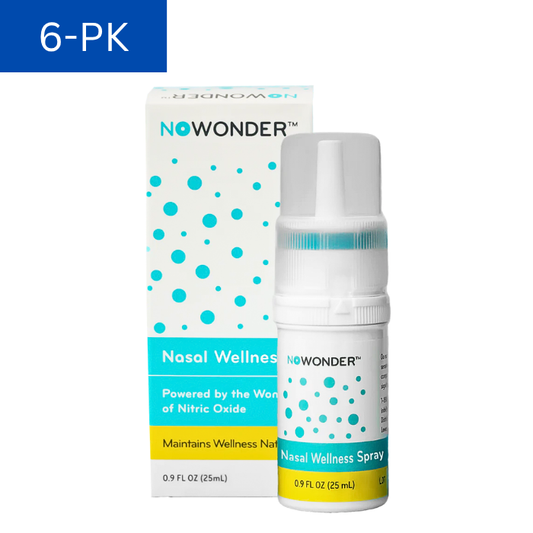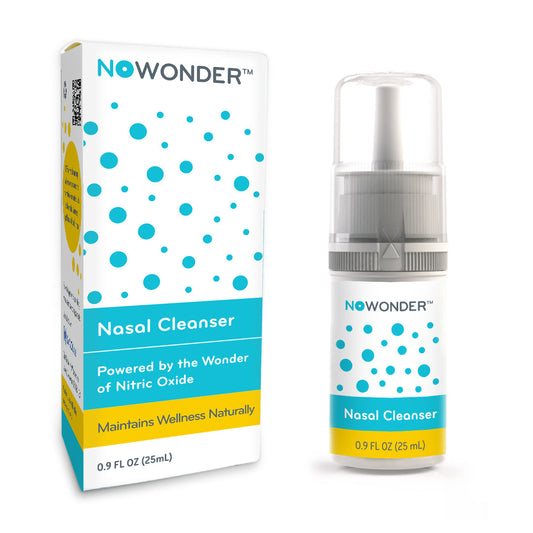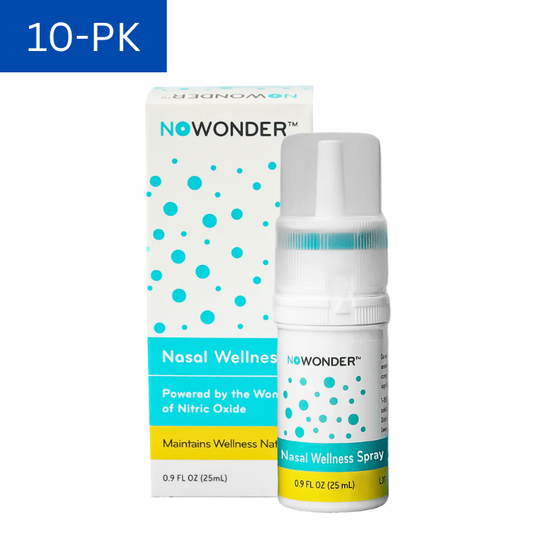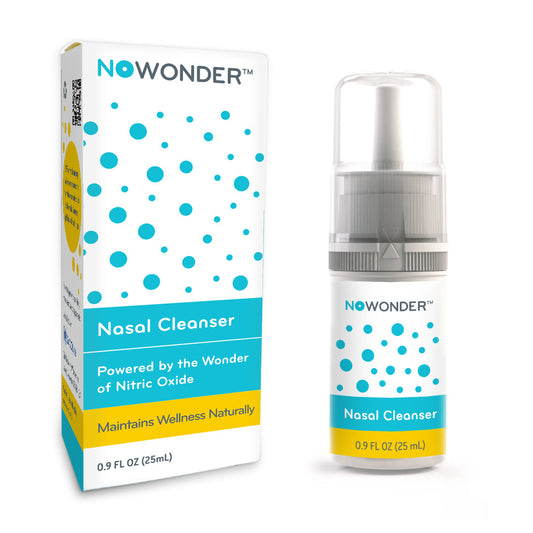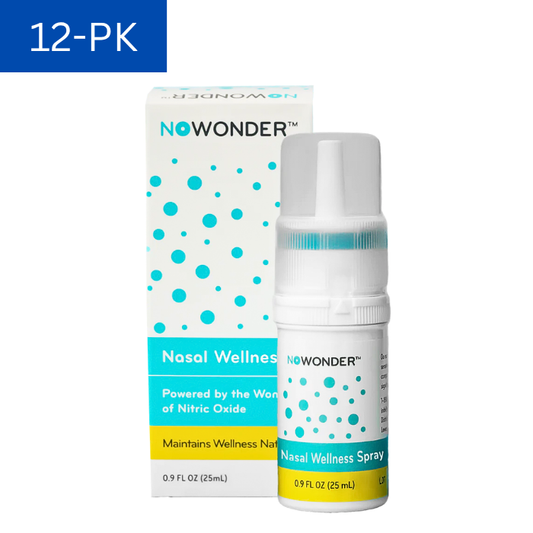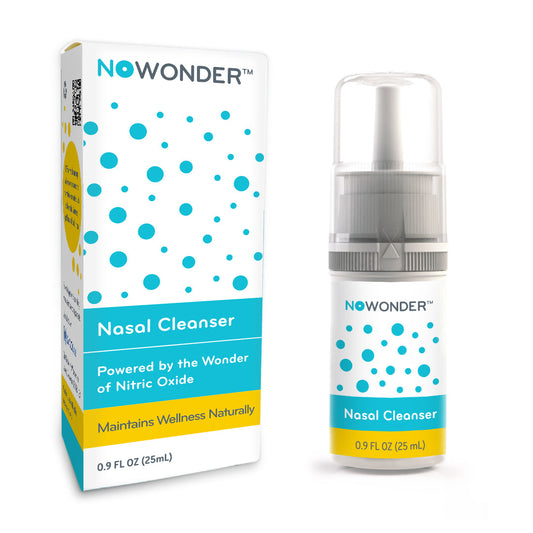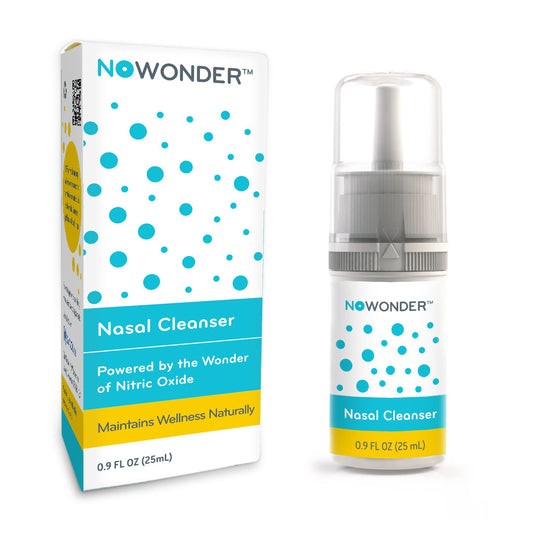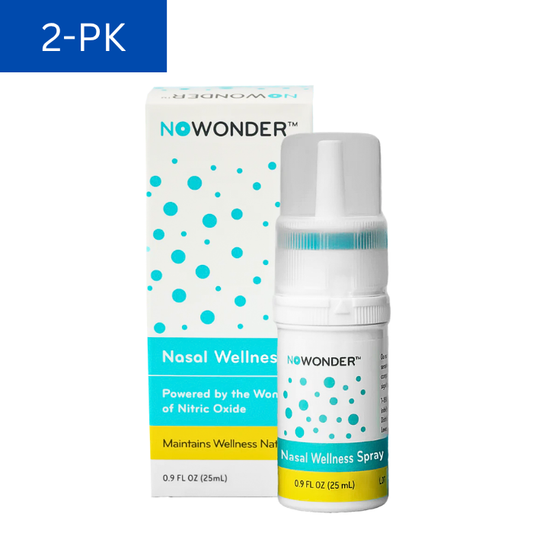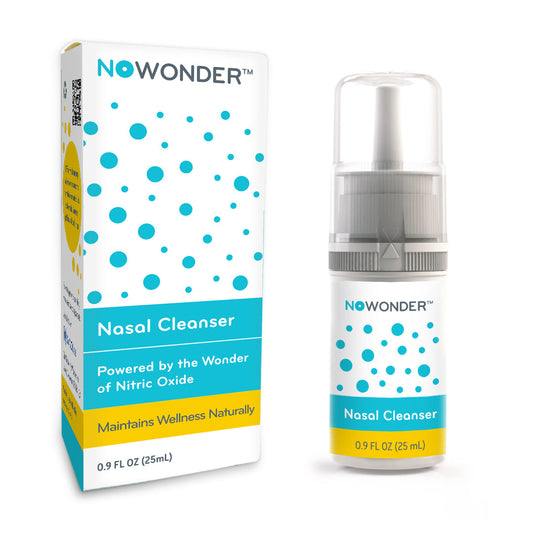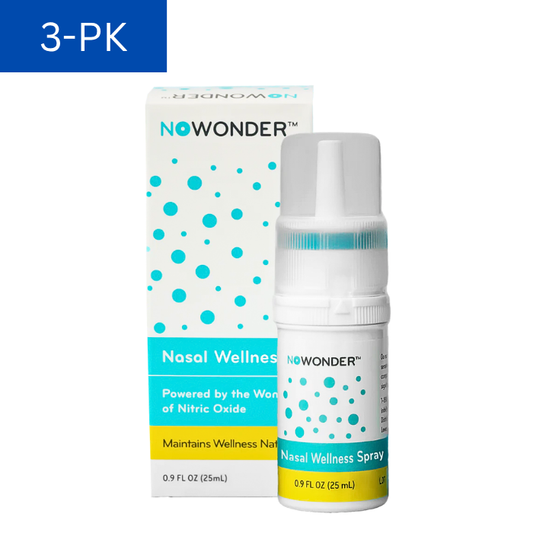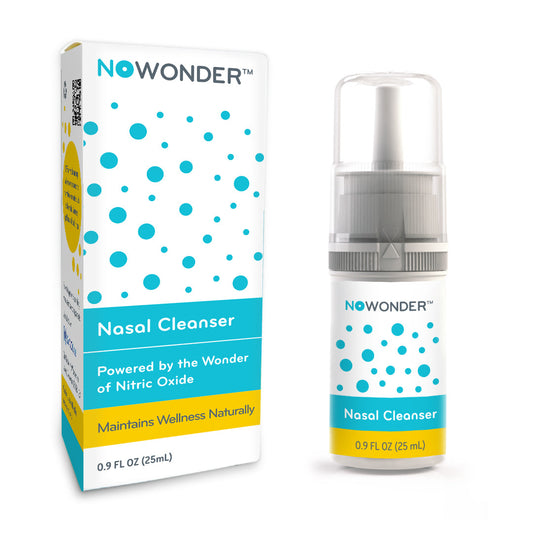News About SaNOtize Nasal Spray (Enovid)
The Morning Nasal Ritual: Starting Your Day with a Breath of Fresh Air
Why Morning Routines Matter Your morning sets the tone for your entire day. Whether it's a quick stretch, a healthy breakfast, or five minutes of deep breathing, small rituals can create big impact. But one area most people overlook? The nose. And that’s a mistake because your nasal passages are your body’s first line of defense and the gatekeeper of your breathing. What Happens in Your Nose While You Sleep? During the night, your nasal passages work overtime. They filter out dust, allergens, and microbes from the air, and when you lie down, mucus can build up. You may wake...
Read MoreWhy Breathing Clean Air Isn’t Just for Outdoors: Your Indoor Air Might Be the Problem
Clean Air Begins Where You Spend the Most Time Most people associate air pollution with outdoor sources like traffic, industrial emissions, or smoky skies. But here’s something many overlook: the air inside your home or office could actually be more polluted than the air outside. According to the Environmental Protection Agency (EPA), indoor air quality can be up to five times worse than outdoor air. That’s a serious concern, considering how much of our lives we spend indoors. Common Indoor Air Pollutants You Might Not Notice Dust and Pet Dander Soft furniture, rugs, and bedding often trap fine particles such...
Read MoreWhat Is Nitric Oxide and Why Should You Care About It?
The Molecule Behind Countless Body Functions Nitric oxide (NO) might sound like something you’d only hear about in a science lab, but it plays a crucial role in your body every single day. It’s a colorless gas naturally produced by your body’s cells, and it helps regulate essential functions like blood flow, immunity, and oxygen delivery. In recent years, research has uncovered its connection to respiratory health, cardiovascular wellness, and even brain function. How Nitric Oxide Supports Your Health Boosts Circulation Nitric oxide helps relax blood vessels, allowing for better blood flow. This is critical not just for heart health,...
Read MoreWhat Is the Nasal Microbiome and Why Does It Matter?
When you think about the microbiome, your mind probably goes straight to the gut. But the truth is, your body hosts many different microbiomes—and one of the most important yet overlooked is found right inside your nose. This tiny ecosystem, known as the nasal microbiome, plays a major role in your health. From influencing how you breathe to helping defend against airborne invaders, it quietly works around the clock to support your body. So what exactly is the nasal microbiome? And why should you care about keeping it balanced? Let’s dive in. What Is the Nasal Microbiome? The nasal microbiome...
Read MoreWhat is the Difference Between a Medicated and Non-Medicated Nasal Spray?
When reaching for a nasal spray, many people don’t realize there are two fundamentally different types: medicated and non-medicated. While they may look similar on the shelf, they serve very different purposes—and understanding the distinction is key to making the right choice for your health. Let’s break down the differences, benefits, and best-use cases for each. Understanding Medicated Nasal Sprays Medicated nasal sprays contain active pharmaceutical ingredients specifically designed to treat a symptom or condition. These ingredients are often classified as decongestants, antihistamines, or corticosteroids. Common Types of Medicated Sprays: Decongestant Sprays (e.g., oxymetazoline): Shrink swollen blood vessels in the...
Read MoreInside the Spray: How Nitric Oxide Is Generated and Why It Matters
The nose is far more than a passageway for air it's your body’s front-line defense. Each breath you take passes through a biological checkpoint, where airborne threats are intercepted before they can reach the lungs. But while your nose does an impressive job on its own, modern science has found a way to enhance this natural barrier. At the center of this innovation is nitric oxide, a powerful molecule that your body already produces, now delivered in a smart, on-demand form through nasal sprays. The Power of Nitric Oxide Nitric oxide (NO) is not just another buzzword in science. It’s a...
Read More

